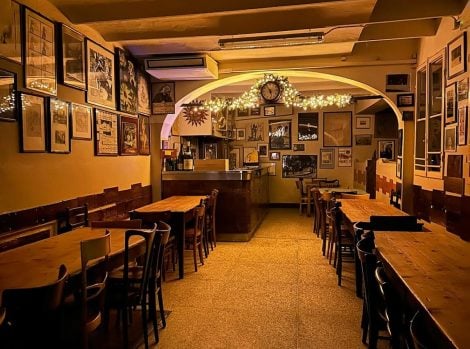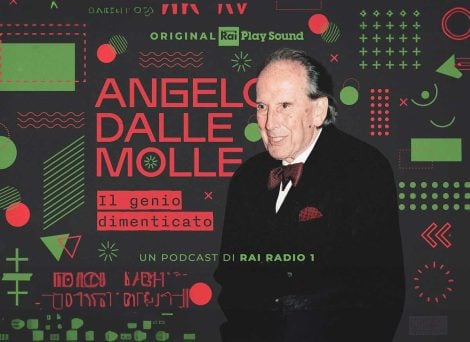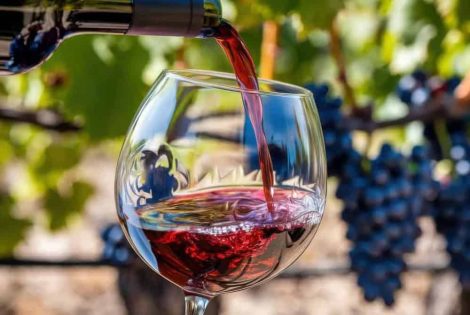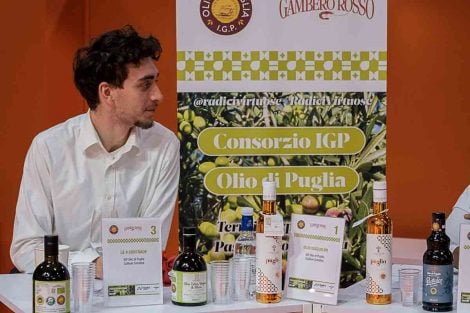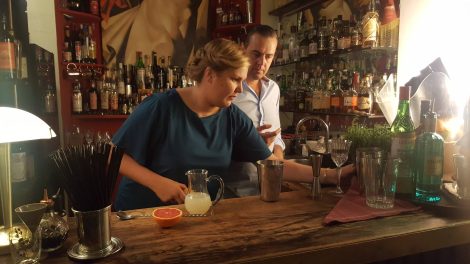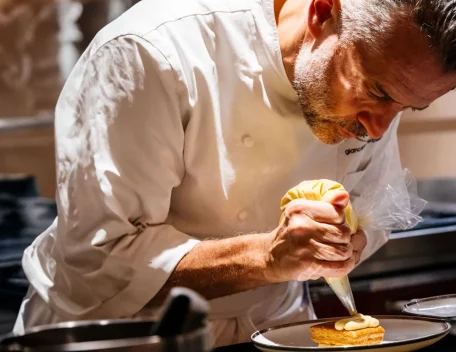by Donato Notarachille
The intense green of the vineyards stretching out to the olive groves on red clay and yellow calcarenite soils, the dazzling white of the salt pans, and the stone-paved streets of the town reflected in a deep blue sea paint a landscape that speaks of work, passion, and history. In Marsala, the wind constantly caresses everything, carrying with it the salty smell of the sea mixed with that of wildflowers. In this part of western Sicily, where the intense and warm sun envelops the grape clusters and at sunset tinges everything in shades of gold, amber, and pink, a wine has always been made that farmers reserved for special occasions. The best grapes (primarily Grillo, but also Catarratto and other indigenous varieties) were harvested ripe to produce a liquid of a rich golden, almost amber color: it was a must that would become an “oxidative wine”—a style that is very fashionable today—because the containers were not filled to the brim, allowing oxygen to interact with the liquid. This nectar of the gods—called perpetuum—was left to age for years in oak and chestnut barrels. Over time, some of the old wine was replaced with younger wine. This operation was repeated perpetually. Over the years, wines from different vintages naturally blended and fused thanks to this aging method.
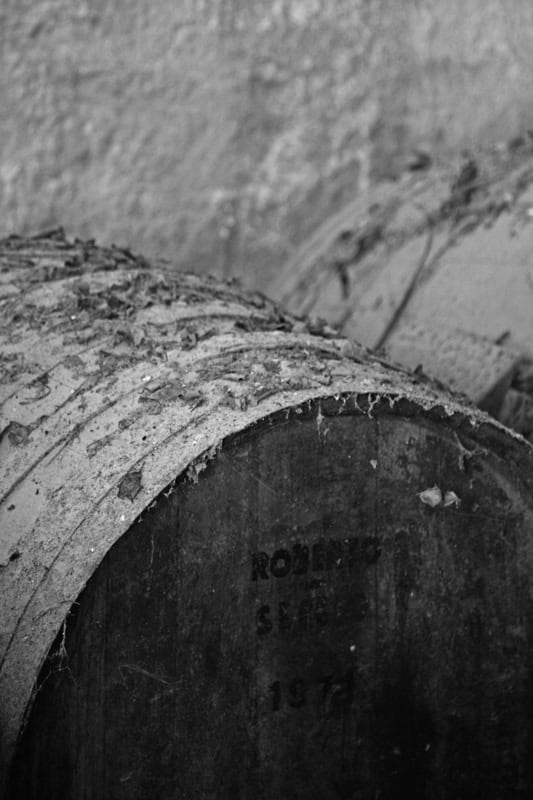
Marsala and the Legend of Woodhouse
Legend has it that in 1773, the wealthy English merchant John Woodhouse, having landed in Marsala due to a storm, fell in love with the wine as soon as he tasted it and decided to ship fifty barrels to Liverpool, adding some brandy to help it withstand the journey and preserve it better. This marked the beginning of a success story, that of Marsala wine. Behind the myth, however, was the tireless search by the English for new wine production areas and continuous experimentation with new techniques to satisfy the diverse tastes of consumers across the Channel. At that time, the specific goal was to obtain a product similar to fortified wines such as the highly appreciated Madeira, Port, and Sherry, which had enjoyed undisputed favor among English consumers for over a century at relatively low costs.
The wine from Marsala was well-suited to be used as a blending wine or to be sold as something else in an era when the boundaries between adulterations, counterfeits, imitations, and fakes were almost nonexistent. The skilled merchant transformed it into a product that had many similarities with the prestigious Spanish and Portuguese wines, forever changing its history. At least, that is the story that has always been told far from Marsala, where the tradition of the oxidative wine made before the arrival of the English remained alive.
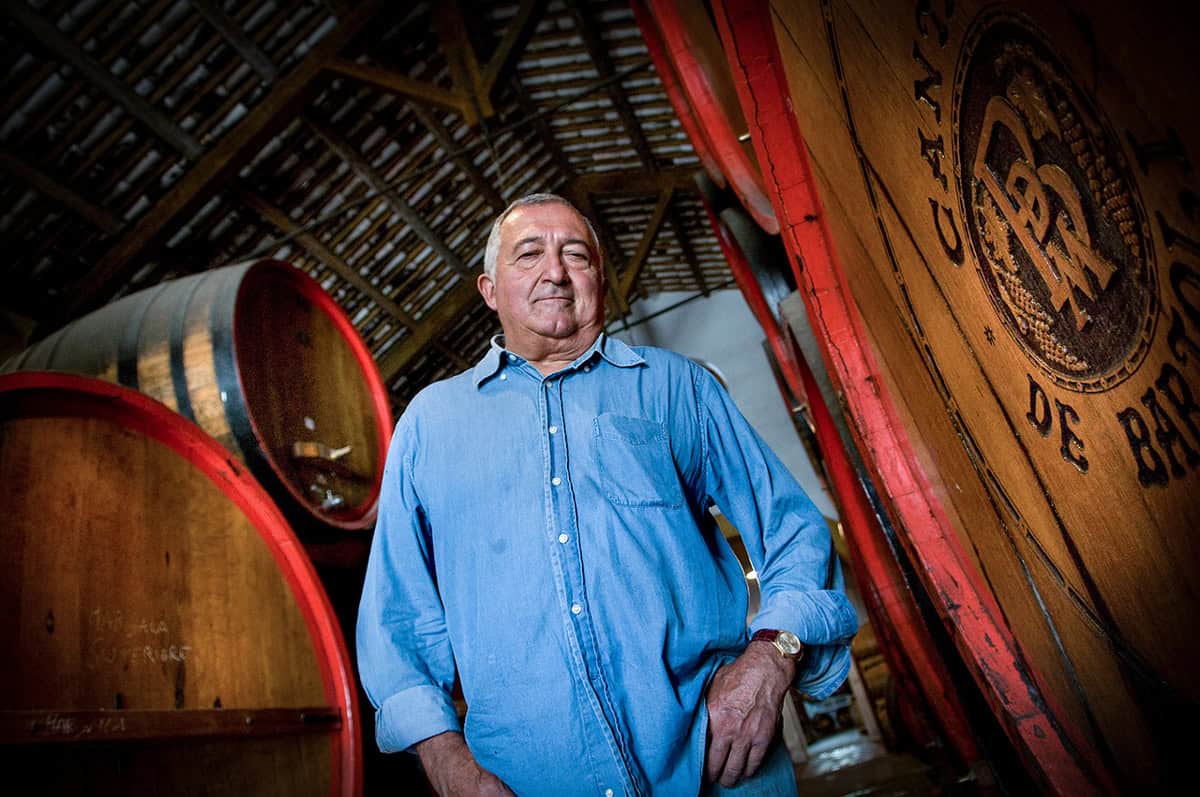
An everyday wine in Marsala
"If you are born in Marsala, you essentially cannot avoid dealing with 'pre-British' wine, in the sense that for us, it is our blood. At the table, but also as a snack for children, this type of wine has always been used: until the 1990s, the table wine, the everyday wine, was this; there were no other forms." This account comes from Nino Barraco, one of the Marsala winemakers who produces a Pre-British Marsala, Alto Grado, in two versions: from Catarratto and Grillo grapes, both vintage. "Since Marsala was born, a dyslexia has essentially been created between the 'work wine,' which was Marsala, and the 'table wine,' which remained this oxidative wine: while one was fortified, the other was not. Marsala could not be made by farmers at home, but the 'pre-British' could."
Marsala families, Barraco recalls, have maintained a strong emotional bond with perpetuum. "Marsala, on the other hand, never took root, it remained a representative wine." What is the reason for this detachment? "While one spoke the dialect, the other (Marsala) was a wine that spoke a polished and international language. We are faced with two totally different dimensions: all the affection remained for the ancient wine. Marco De Bartoli—continues Barraco—whom I and many other winemakers in the area owe a lot to, had the merit of being the first to understand its importance and had the pride to bottle it and give it a label with Vecchio Samperi: no one had ever done this before. He, who was the grandson of an industrialist like Stefano Pellegrino, was the first to start bottling a wine that spoke the dialect: this was and still is an extraordinary thing."
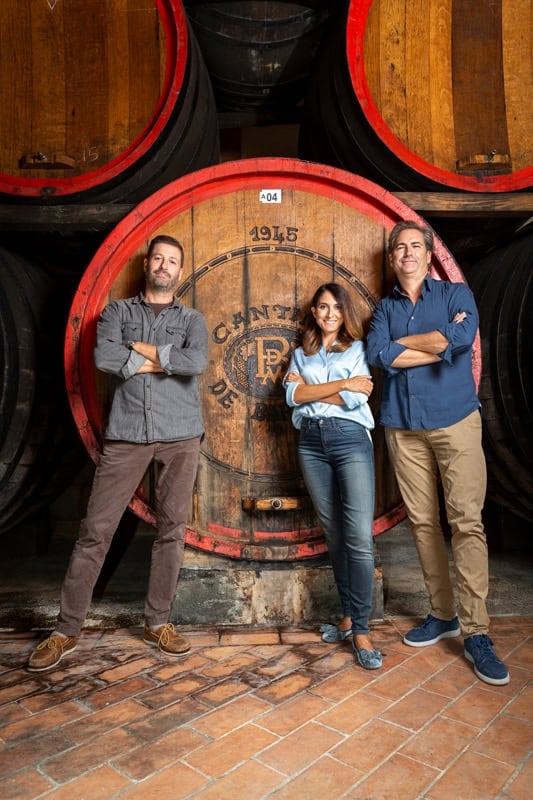
The De Bartoli siblings, children of Marco: they are the ones leading the Vecchio Samperi company.
Marco De Bartoli and the Perpetuum of Samperi
A difficult journey that Josephine De Bartoli (center in the top photo), the third daughter of the pioneer who brought “Pre-British Marsala” back into the spotlight in 1980, recounts this emotional story: “With Vecchio Samperi, my father burst into a world of industrialized Marsala, 'white paper' wines produced with international grape varieties. And he did it with an ancient, oxidized, natural, and difficult wine, a wine that no one outside of Marsala knew, a wine on the verge of extinction. It was a difficult recovery journey: at that time, no one cared about the perpetuum which had no commercial identity (editor's note), no one had ever bottled it, no one had ever attributed to it the dignity of a wine that could be known worldwide.”
"Vecchio Samperi is a perpetuum started by my great-grandparents: my father found it here, in the baglio in contrada Samperi, and began to rejuvenate this system from 1978. We do not have a certain start date for the perpetuum, but we know that in our Vecchio Samperi there are harvests from 80 years ago: it is a unique, unrepeatable wine—Josephine becomes emotional, who bears the name of her French-origin grandmother—For me and my siblings, it is almost like another sibling, for my father it was always, in some way, the favorite child to which he dedicated all of himself. Today, he would be very happy to see that there are colleagues who have decided to carry on the valorization of this wine in which he always believed very much."
A Pre-British wine from a single vintage
In addition to focusing heavily on the valorization of this ancient wine of the farming tradition to the point of making it a single vintage pre-British and a perpetuum, Pierpaolo Badalucco of the Dos Tierras - Badalucco de la Iglesia Garcia company has made the oxidative style a distinctive mark of his entire production. Besides Pipa ¾ and Perpetuum, all other white wines from Grillo grapes are also made in an oxidative style. Passion and taste, not just family tradition, have led Badalucco to follow the same path as his colleagues, facing many difficulties: “My grandfather, in an era of industrialized Marsala, was forced to close the family’s historic winery because no one was interested in buying those wines and those ‘mothers’: the closure of the winery occurred years before De Bartoli started his journey. However, someone stole all the wine, siphoning it from the barrels. Today, we could have had mothers from 1881, 1889, and other subsequent years, but instead, we are left with only empty barrels with the names of the grandchildren and the start year of the perpetuum written on them. Bea (Beatriz, his wife) and I started from scratch, 25 years ago. Wine—explains Pierpaolo—is a very personal matter, especially for those who belong to families with many generations who have lived around it and pass down old decalogues. We, for example, are the only ones to follow Ingham's old decalogue, with a whole series of immutable steps from the vineyard to the wine: a kind of biodynamics from 250 years ago. I am neither an oenologist nor an agronomist, I have no technical tools, I was born with this style and was taught to recognize oxidation and, above all, to recognize my vineyards, to know where that particular vineyard can go and I know it was not created to make ‘glou-glou’ wines. I cannot force a vineyard that has been doing these things for 250 years.”
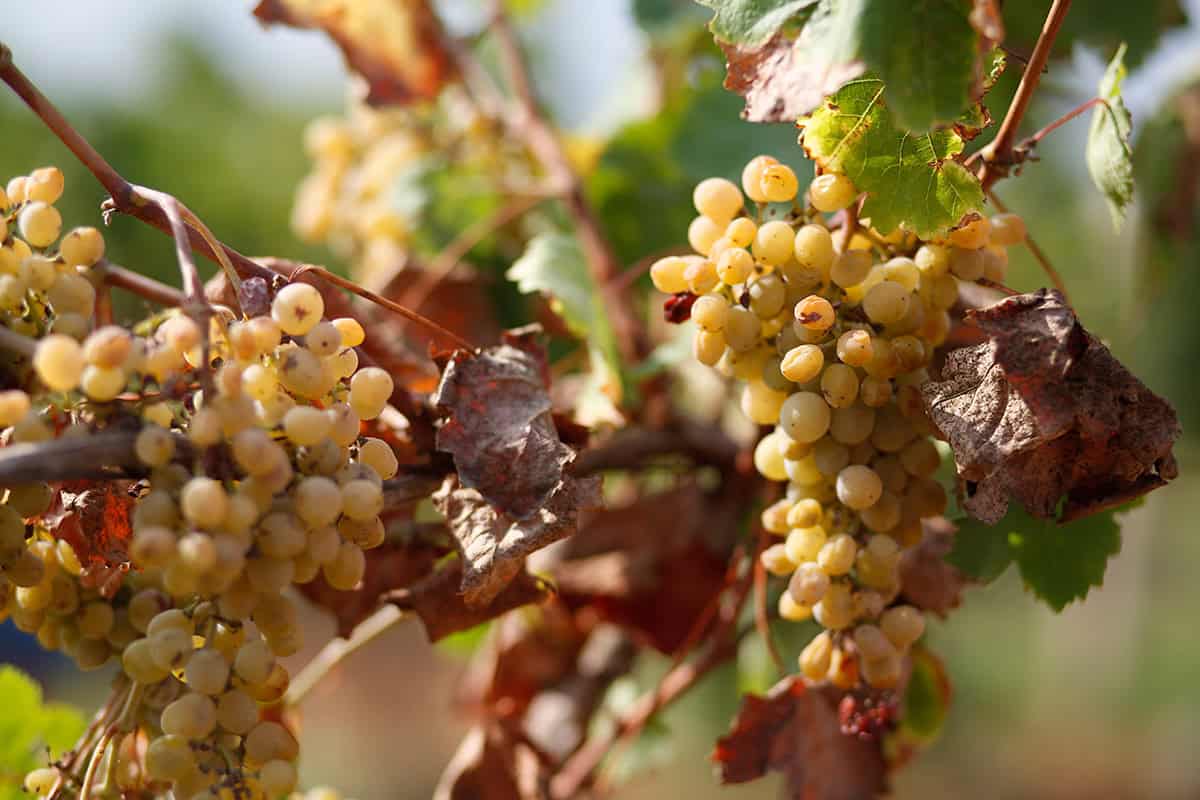
Climate-related challenges
A nearly symbiotic relationship with his vineyards, from which he obtains a pre-British production that barely reaches a thousand bottles and which in recent years has seen, on the one hand, a growth in demand linked to the great attention to oxidative wines, but on the other hand, great problems related to climate change: “The other historic producers (De Bartoli, Barraco, and Vite a Ovest, editor's note) harvest in mid-September to bottle a dry wine at about 15 degrees; our production style and the characteristics of our vineyard lead us to harvest from mid-October to bottle a ‘sweet’ wine, more broad. But now, with prolonged heat and drought, reaching October in optimal conditions has become a mirage, provided it does not rain when it should not. Previously, out of ten harvests, we lost one; now we lose up to five. Last year, we did not harvest a single grape for Pipa.”
Family stories and centuries-old vineyards
These new wines with an ancient memory, rare and often hard to find, preserve and tell stories of families and centuries-old vineyards and a deep bond with the land and time. Resilience and love for a tradition that continues to live have inspired the steps of this small group of winemakers, and it seems that inspiration is spreading to other hearts. The hope is that the new champions of the pre-British truly feel the responsibility to represent this territory without shortcuts.

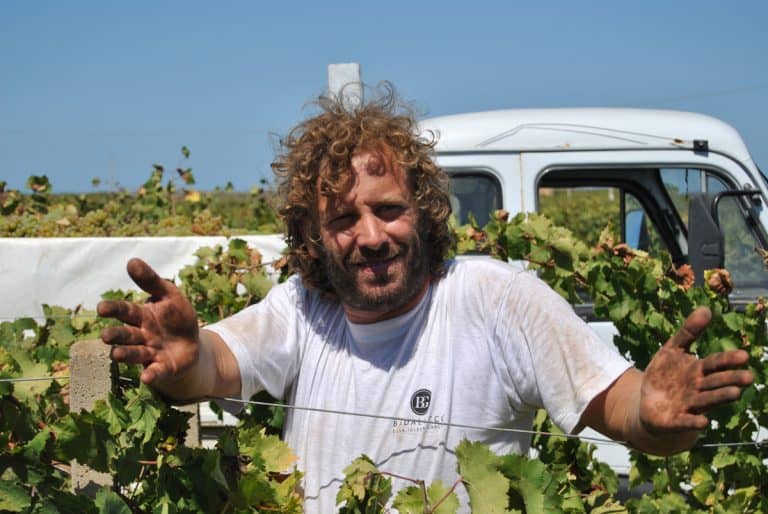
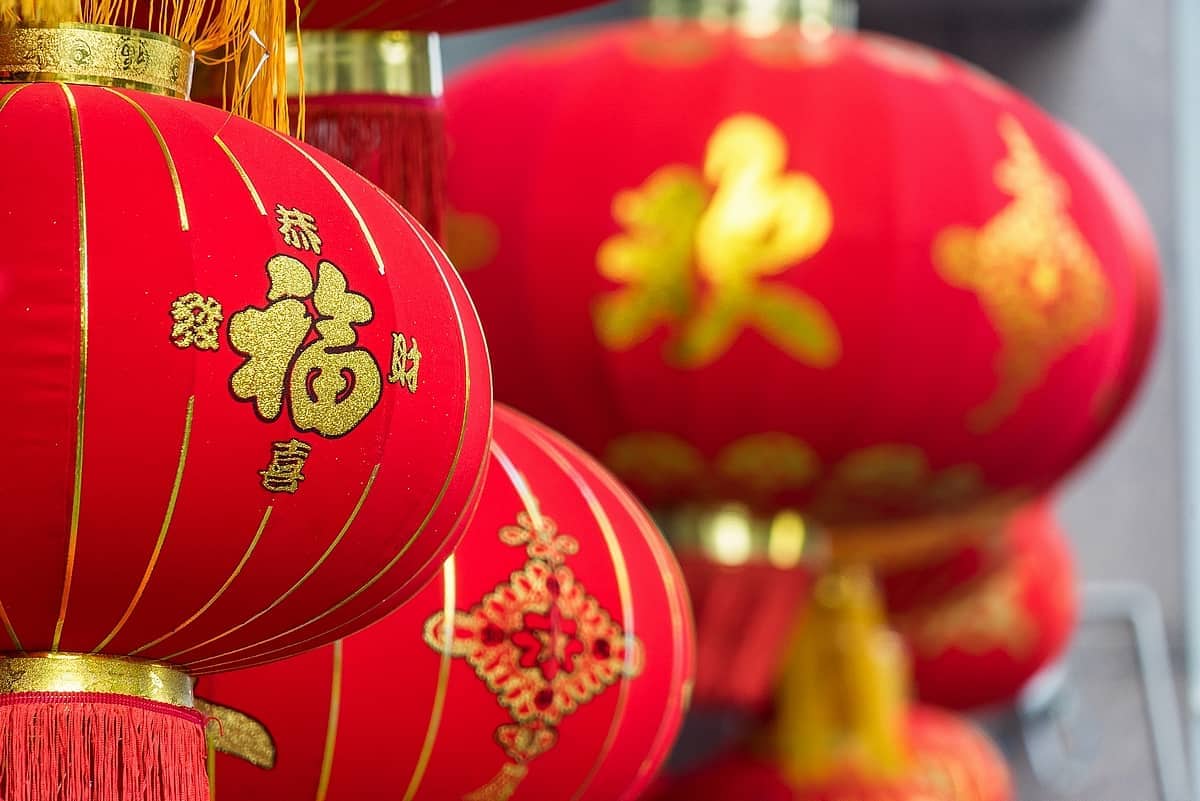 What changes for the export of Italian wines to China under the new regulations?
What changes for the export of Italian wines to China under the new regulations?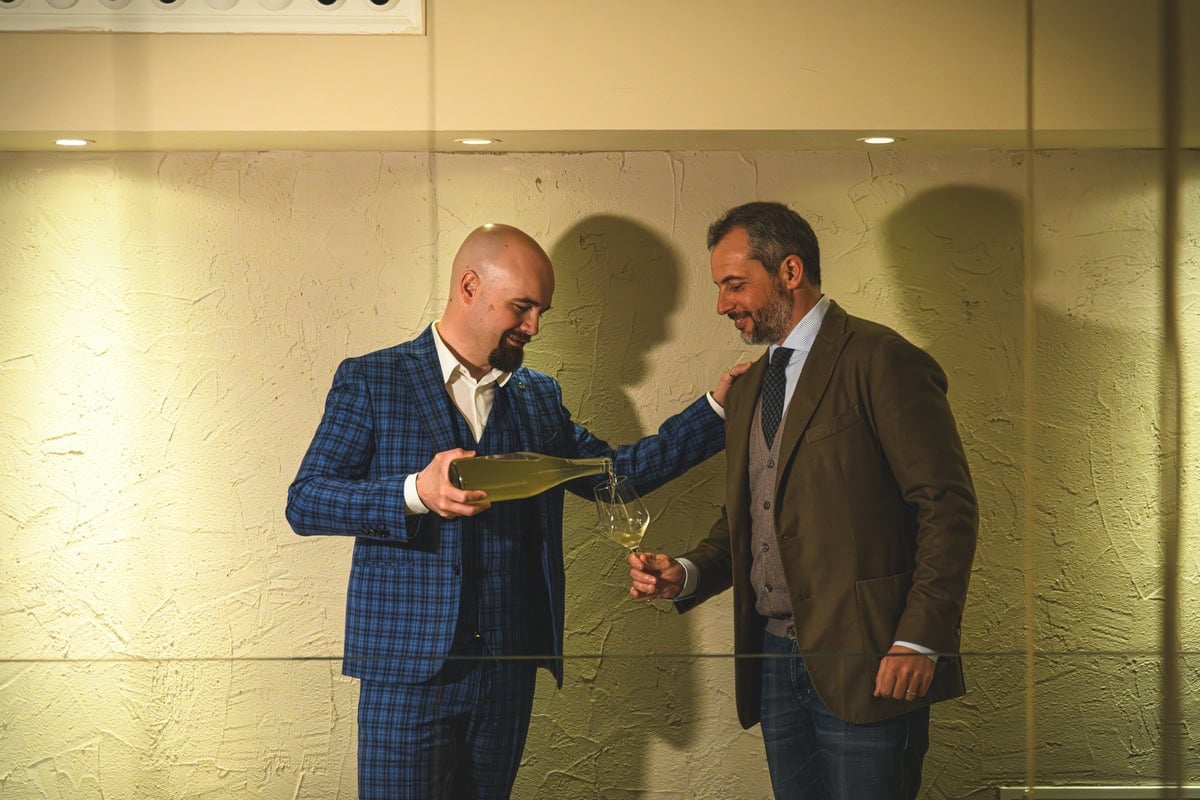 “Forget dealcoholised wines. The future is Komb(w)ine.” Moser and Ravizza present a new grape must-based product
“Forget dealcoholised wines. The future is Komb(w)ine.” Moser and Ravizza present a new grape must-based product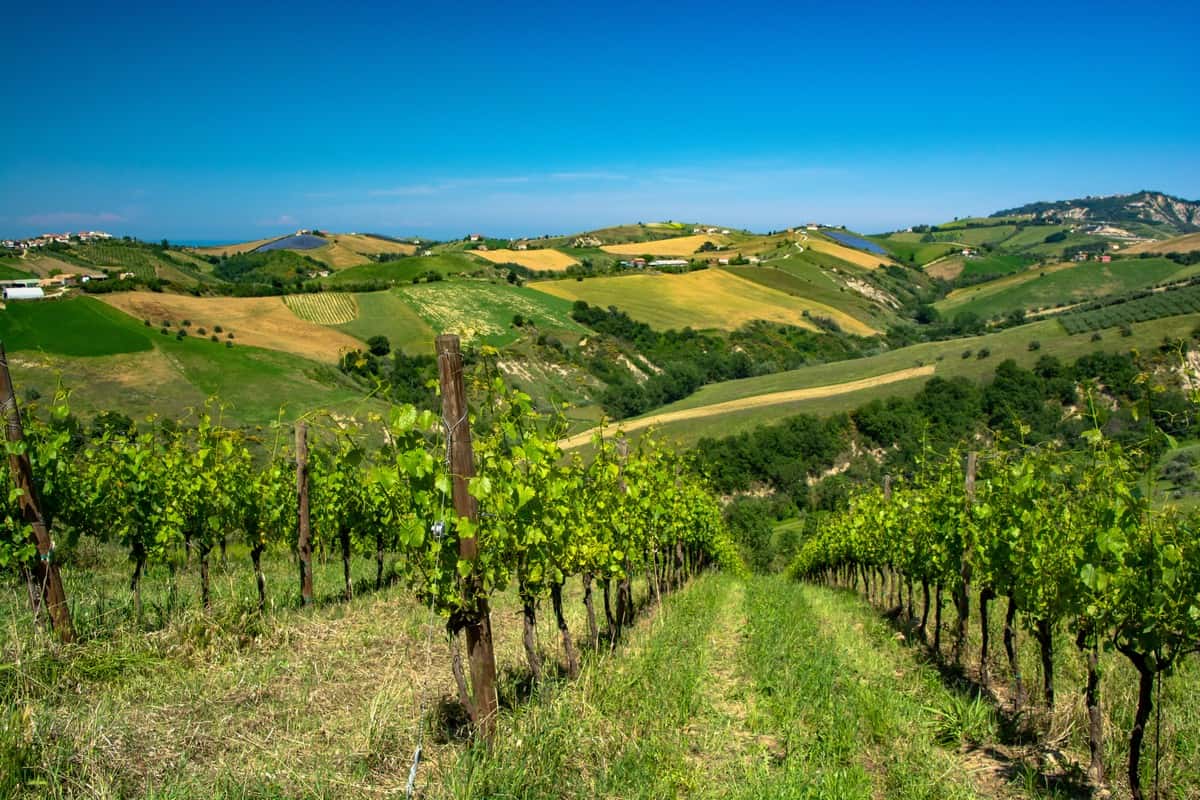 Global wine consumption at a historic low and vineyards in decline. The OIV report outlines a 2024 to forget
Global wine consumption at a historic low and vineyards in decline. The OIV report outlines a 2024 to forget Oenologist Riccardo Cotarella will also produce dealcoholised wine: "My first bottle will be out in October and it won’t be bad"
Oenologist Riccardo Cotarella will also produce dealcoholised wine: "My first bottle will be out in October and it won’t be bad"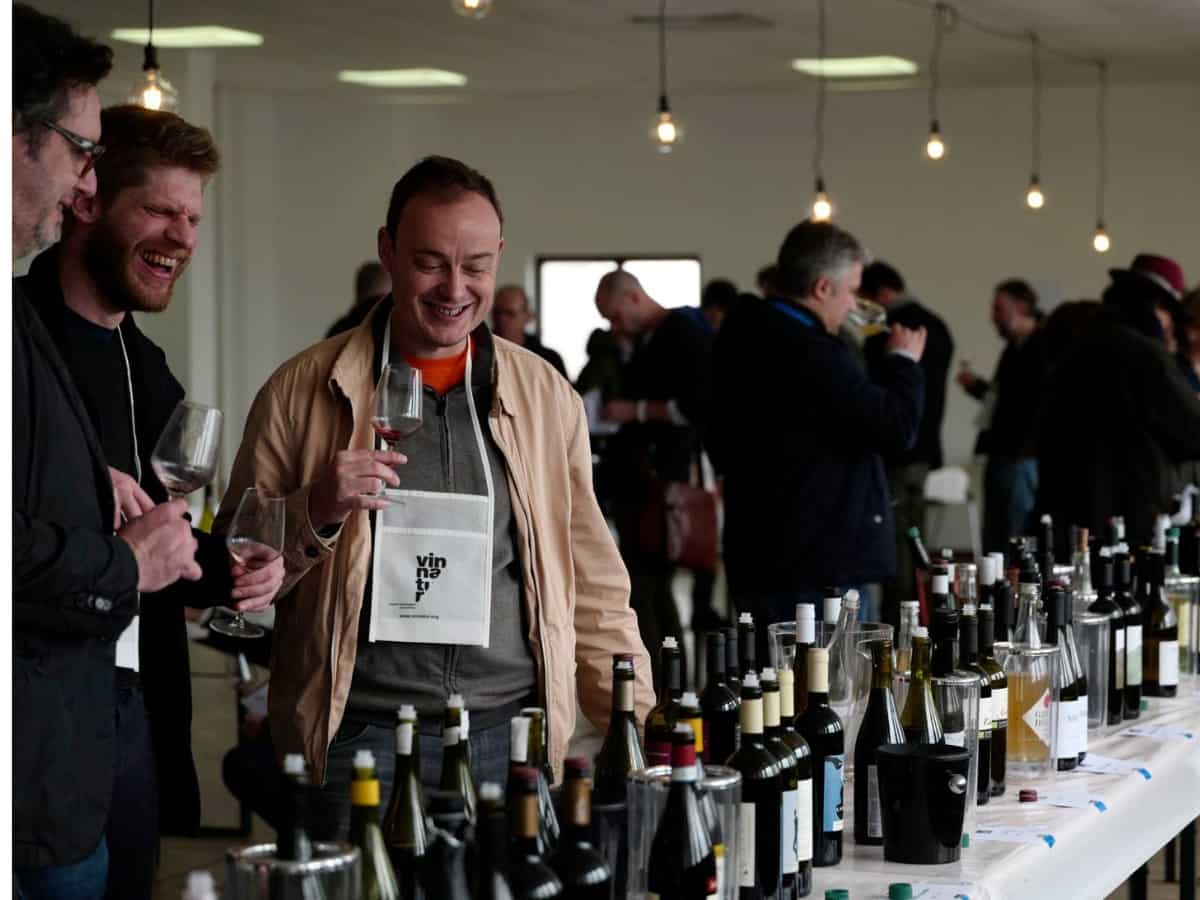 Dear natural wine world, enough with the constant polemics. If you don’t want to self-ghettoise, self-criticism is needed
Dear natural wine world, enough with the constant polemics. If you don’t want to self-ghettoise, self-criticism is needed
